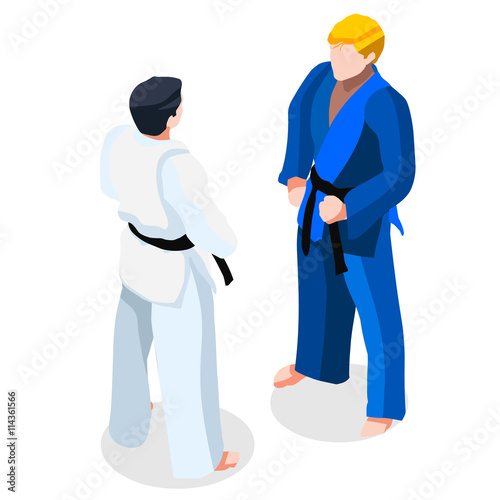Exploring The Differences In Between Traditional Martial Arts And Contemporary Combat Sports
Exploring The Differences In Between Traditional Martial Arts And Contemporary Combat Sports
Blog Article
Material Author-Thuesen Rocha
When you consider martial arts, do you lean a lot more towards the typical practices or the contemporary battle sports? https://johnnydinrw.kylieblog.com/35630362/the-impact-of-young-people-martial-arts-on-academic-performance-and-emphasis provides unique benefits and experiences, shaped by their approaches and training approaches. Standard martial arts stress personal growth and self-control, while contemporary battle sports concentrate on competition and efficiency. Understanding these distinctions can assist you in choosing the right strategy for your journey. But how do these differences materialize in training and approach?
The Approach and Background Behind Typical Martial arts
While many individuals connect martial arts with physical fight, the viewpoint and history behind standard martial arts run much deeper. https://lanevvspf.digitollblog.com/34885531/unlocking-the-power-within-stamina-training-for-martial-artists 'll discover that these self-controls highlight individual development, technique, and regard.
Originating from ancient methods, typical martial arts were typically created for Self-Defense and spiritual advancement. They symbolize principles such as equilibrium, consistency, and self-control, guiding professionals beyond mere battling abilities.
As you educate, you'll not only find out strategies yet also gain understandings into the culture and values that formed these arts. The routines and practices, often given via generations, cultivate a feeling of area and belonging.
The Competitive Nature of Modern Battle Sports
Modern battle sports have actually transformed the landscape of martial arts into an extremely competitive field, where professional athletes face off in an examination of ability, approach, and endurance.
You'll observe that competitions are usually arranged with stringent regulations and guidelines, guaranteeing justice and security. These events attract big audiences, sustaining the exhilaration and strength of competitions.
Athletes train rigorously, not just for physical expertise however also for psychological sturdiness, knowing that every information counts in the ring. The adrenaline thrill during competitions is apparent, as competitors press their limitations to declare victory.
Followers appreciate the athleticism and creativity entailed, making contemporary fight sports a thrilling phenomenon that remains to advance and astound lovers all over the world.
Training Approaches and Strategies: A Relative Analysis
The competitive ambience of modern-day battle sporting activities needs innovative training methods that vary significantly from typical martial arts.
In modern training, you'll focus on particular methods, competing, and conditioning, frequently utilizing drills that simulate actual fight circumstances. You'll see a focus on quantifiable performance and regular competition to analyze your skills.
On the other hand, conventional martial arts prioritize kinds, katas, and thoughtful teachings, frequently emphasizing technique and respect over competition.
https://www.taipeitimes.com/News/feat/archives/2016/08/10/2003652809 is typically less extreme and may entail repetitive method as opposed to real-time sparring.
While both strategies develop ability and physical fitness, modern combat sports offer an extra vibrant and adaptable training setting, preparing you for prompt difficulties in the ring or cage.
Choose the course that aligns with your objectives and rate of interests.
Verdict
In selecting in between conventional martial arts and modern battle sports, it really comes down to what you value the majority of. If you're searching for individual development, discipline, and a feeling of neighborhood, conventional arts might be your best fit. But if you grow on competition and real-time obstacles, modern fight sporting activities could be the way to go. Ultimately, both paths offer one-of-a-kind advantages, so it's all about straightening your training with your personal goals and rate of interests.
